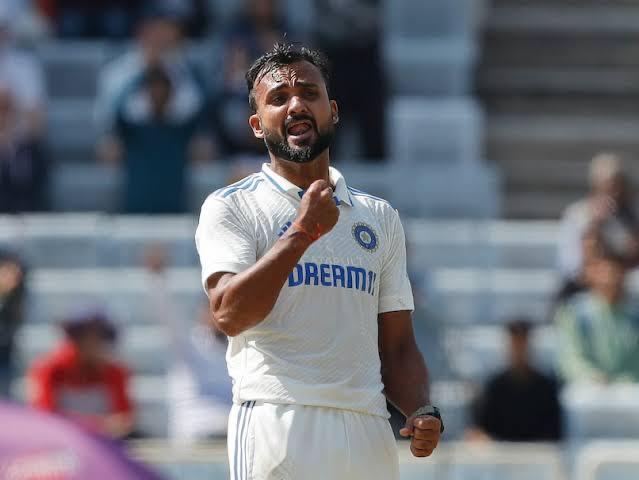
Pace bowlers win you Test matches – This is an old hypothesis in cricket, especially when it comes to SENA countries (South Africa, England, New Zealand and Australia.) To a large extent, the axiom holds true. With India about to lock horns against Australia in a marquee Test series, one of the major talking points is whether the visiting side has the pace-bowling arsenal to match their counterparts.
Here’s a lowdown on India’s pace-bowling stocks as they eye a third successive Test series win Down Under:
Jasprit Bumrah – Right from conventional swing to contrast swing to hitting the deck hard or virtually turning into a spinner, the Indian pace-spearhead is pretty good at almost every skill. He also has the required bowling smarts to adjust to different conditions and different situations. It shouldn’t come as a surprise that he has found success on both his tours to Australia, picking up 32 wickets in 7 Tests at 21.25. The only worry line with Bumrah is his workload. The Indian camp and fans would be praying for Bumrah to stay fit right through the series.
Mohammed Siraj – With India not selecting Mohammad Shami due to injury concerns, the onus is on Siraj to support Bumrah with the new ball. To his credit, Siraj has done well in climes that are suited to pace bowling – 13 wickets at 29.53 in Australia and 12 scalps at 24.16 in South Africa vindicate the point. However, over the years, Siraj has also been inconsistent. Even overseas, his performances at Edgbaston and Centurion, in 2022 and 2023-24, left a lot to be desired.
When in rhythm, Siraj is a hustler, who extracts consistent movement off the pitch. At the Gabba, in 2020-21, he played a starring role in India’s defining series win, bagging a five-for in the second innings. In that innings, he bowled with a burst of pace and hit the deck hard. The Indian think-tank would trust Siraj to do something similar during the upcoming tour.
Akash Deep – The Bengal pace bowler is a quintessential seamer. With a straight-seam-grip, he looks to generate a hint of swing in the air and then moves it off the deck. Akash also seems to be deceptively quick. In fact, some of his qualities are similar to his senior state-mate, Shami. Although he has a long way to go to match Shami’s records.

Akash would likely slot in as the third pacer in the line-up. In that case, Akash would be expected to perform the holding role with a slightly older Kookaburra ball. After about 20 overs, the red Kookaburra ball stops helping the quick bowlers. In that context, Akash would be better off concentrating on bowling in the channel just outside the off-stump.
Prasidh Krishna – The tall lanky seamer made his Test debut at Centurion, in South Africa. Unfortunately, it was a forgettable tour for the pace bowler as he ended up with just two wickets from two Tests. Prasidh has certain attributes suited for the conditions in Australia – From a high release point, and by snapping his back, he does hit the pitch hard. Having said that, there is a school of thought that he lacks fast-bowling mentality.
In that respect, Morne Morkel, the bowling coach, has an important role to play. The tall pace bowler was renowned for bashing the pitch, and summoned quick spells during his noteworthy career. In the Indian squad, both Prasidh and Harshit Rana have some qualities similar to that of Morkel.
Harshit – To know more about Harshit, we have to probably revisit a spell from him in a Duleep Trophy game last year. In a North Zone versus North-East Zone game, the pace bowler went round the wicket and constantly pounded the pitch and extracted awkward bounce from a rather slow Chinnaswamy deck. It is true that North Zone were playing a weak opponent, but Harshit showcased some fast-bowling mindest in that game.
Since then, Harshit has been picked in the Indian squad for limited-overs matches. Although he is yet to make his India debut. Who knows? He might be wearing the white flannels in one of the five Tests in Australia, and that would be a proud moment for him.
Just a glance at India’s fast-bowling quiver, and it is clear that the selectors have identified a couple of tall pace bowlers to make an impact in Australia. On paper, there is some logic to it, considering that the first three Tests will be played at Perth, Adelaide and Brisbane. The caveat to it is the aforementioned pacers still have to execute their skills.



